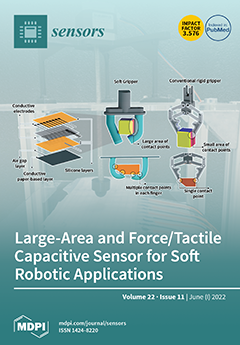It is common practice to model the input–output behavior of a single-loop feedback circuit using the two parameters,
A and
β. Such an approach was first proposed by Black to explain the advantages and disadvantages of negative feedback. Extensive theories of system
[...] Read more.
It is common practice to model the input–output behavior of a single-loop feedback circuit using the two parameters,
A and
β. Such an approach was first proposed by Black to explain the advantages and disadvantages of negative feedback. Extensive theories of system behavior (e.g., stability, impedance control) have since been developed by mathematicians and/or control engineers centered around these two parameters. Circuit engineers rely on these insights to optimize the dynamic behavior of their circuits. Unfortunately, no method exists for uniquely identifying
A or
β in terms of the components of the circuit. Rather, indirect methods, such as the injection method of Middlebrook or the break-the-loop approach proposed by Rosenstark, compute the return ratio
RR of the feedback loop and inferred the parameters
A and
β. While one often assumes that the zeros of (1 +
RR) are equal to the zeros of (1 +
A ×
β), i.e., the closed-loop poles are equivalent, this is not true in general. It is the objective of this paper to present an exact method to uniquely identify each feedback parameter,
A or
β, in terms of the circuit components. Further, this paper will identify the circuit conditions for which the product of
A ×
β leads to the correct closed-loop poles.
Full article






